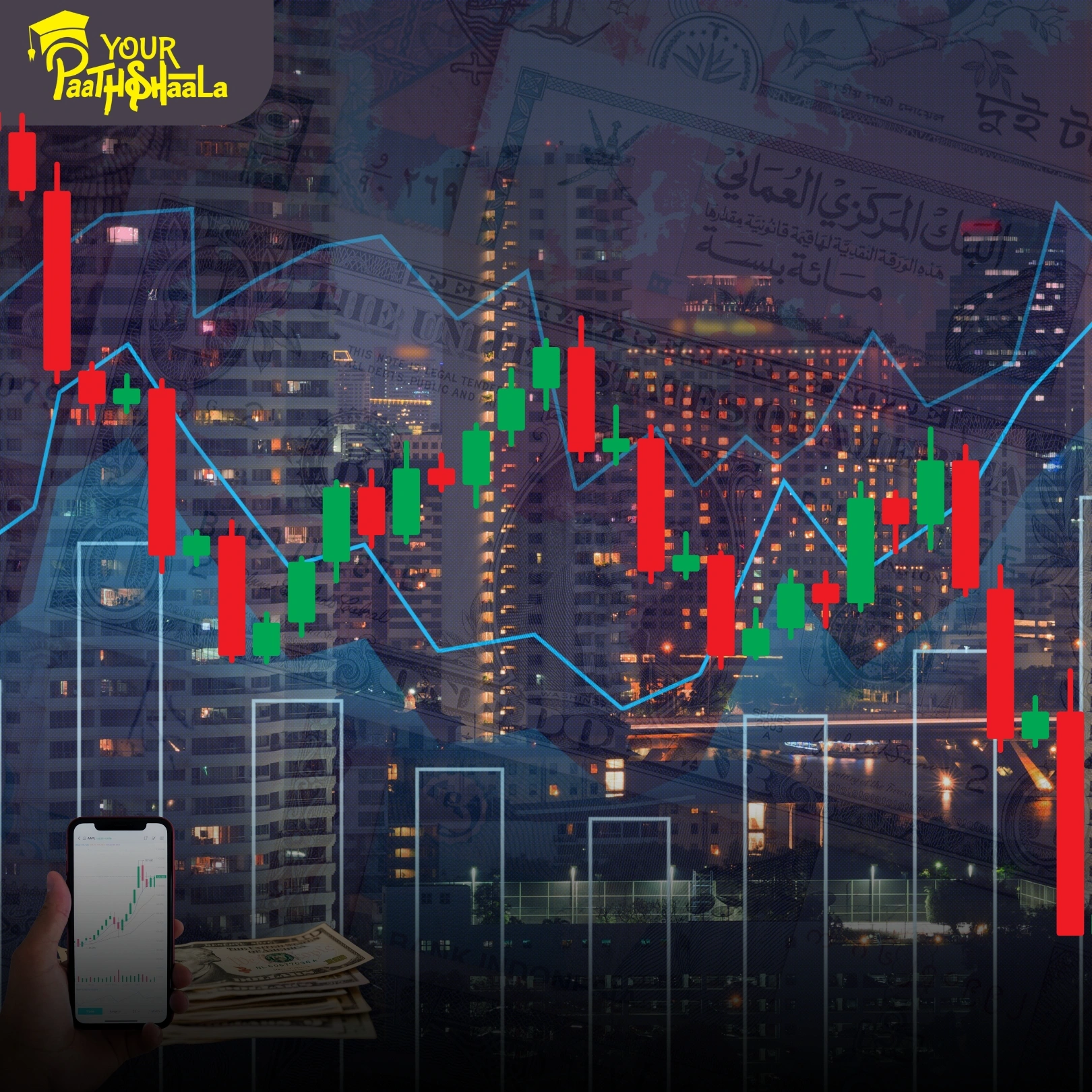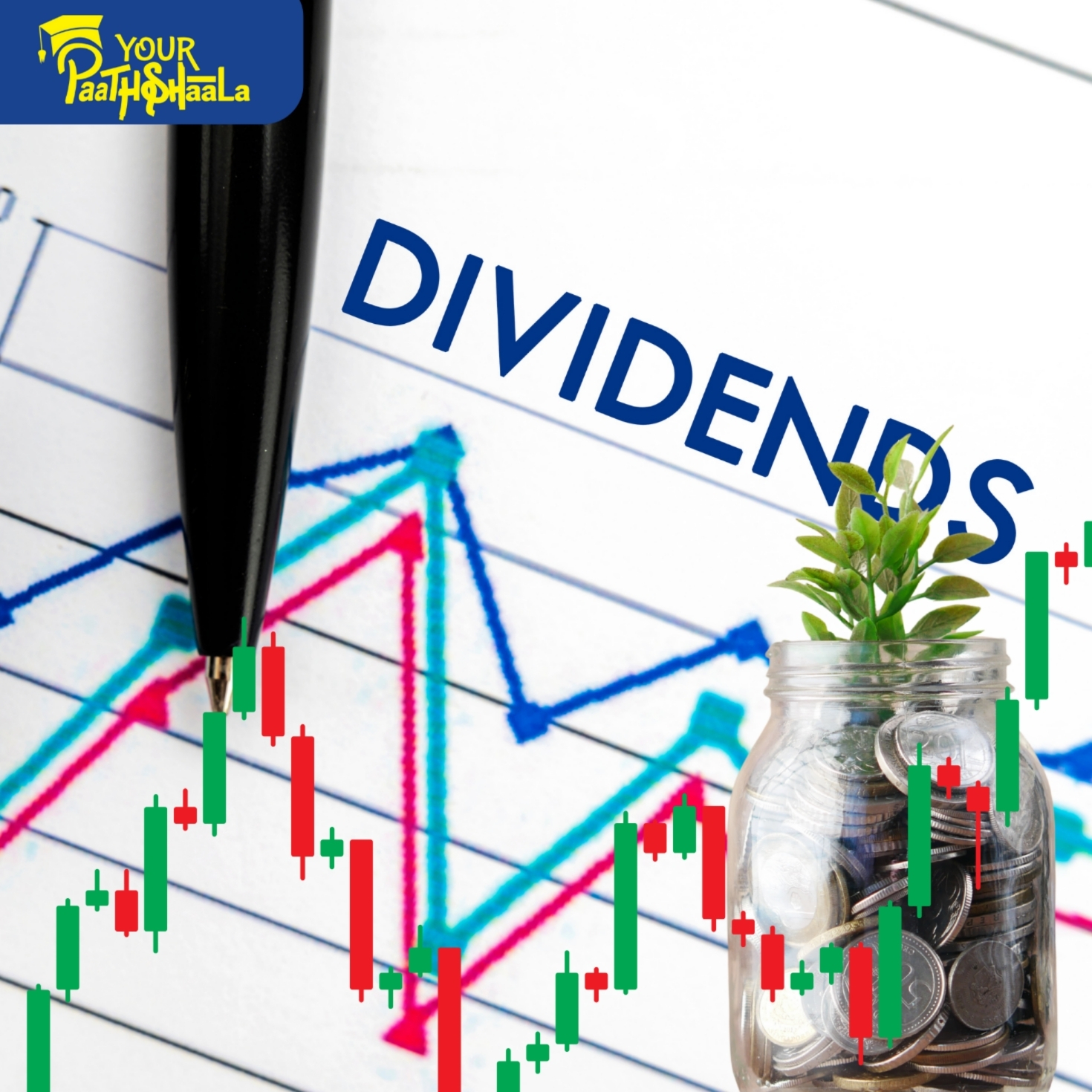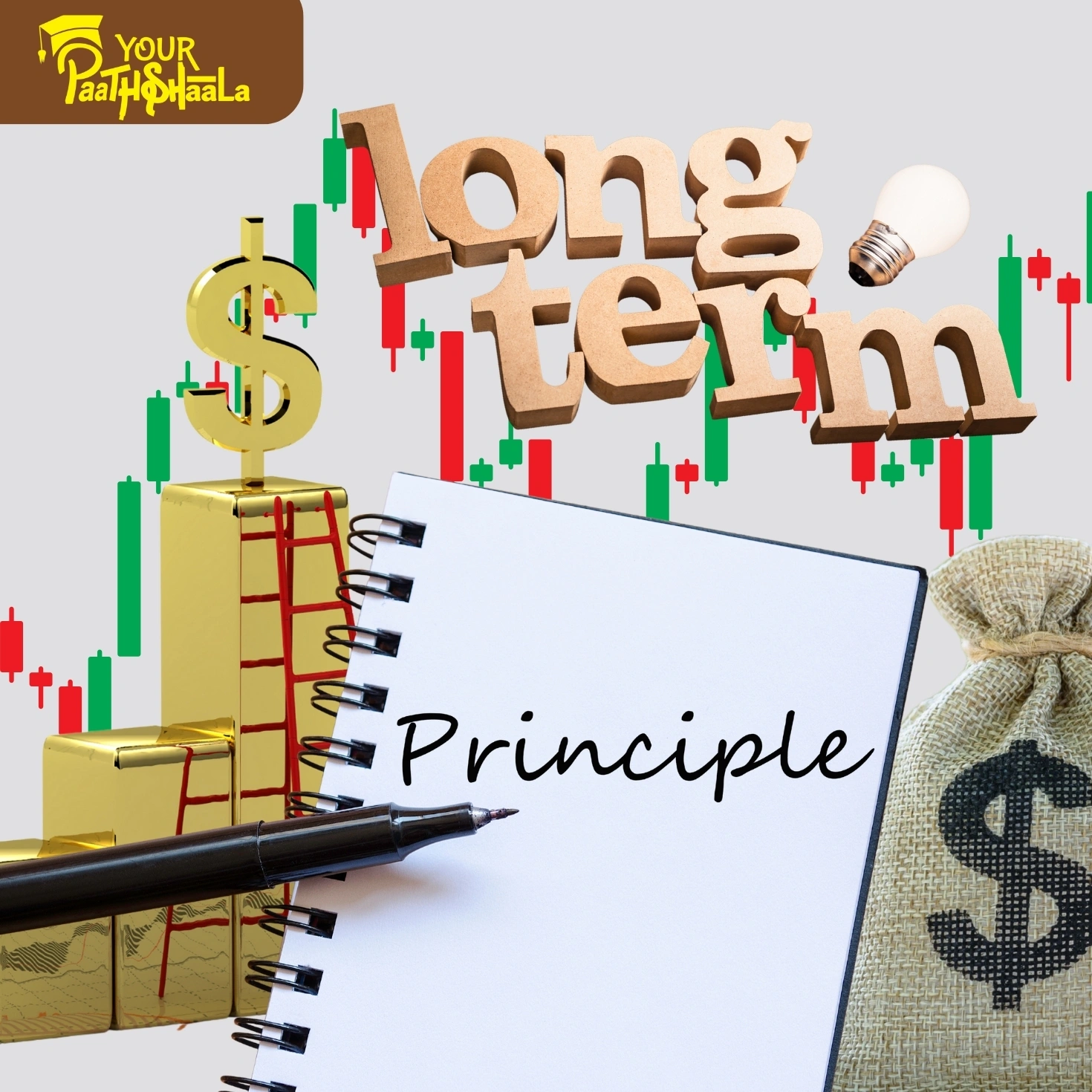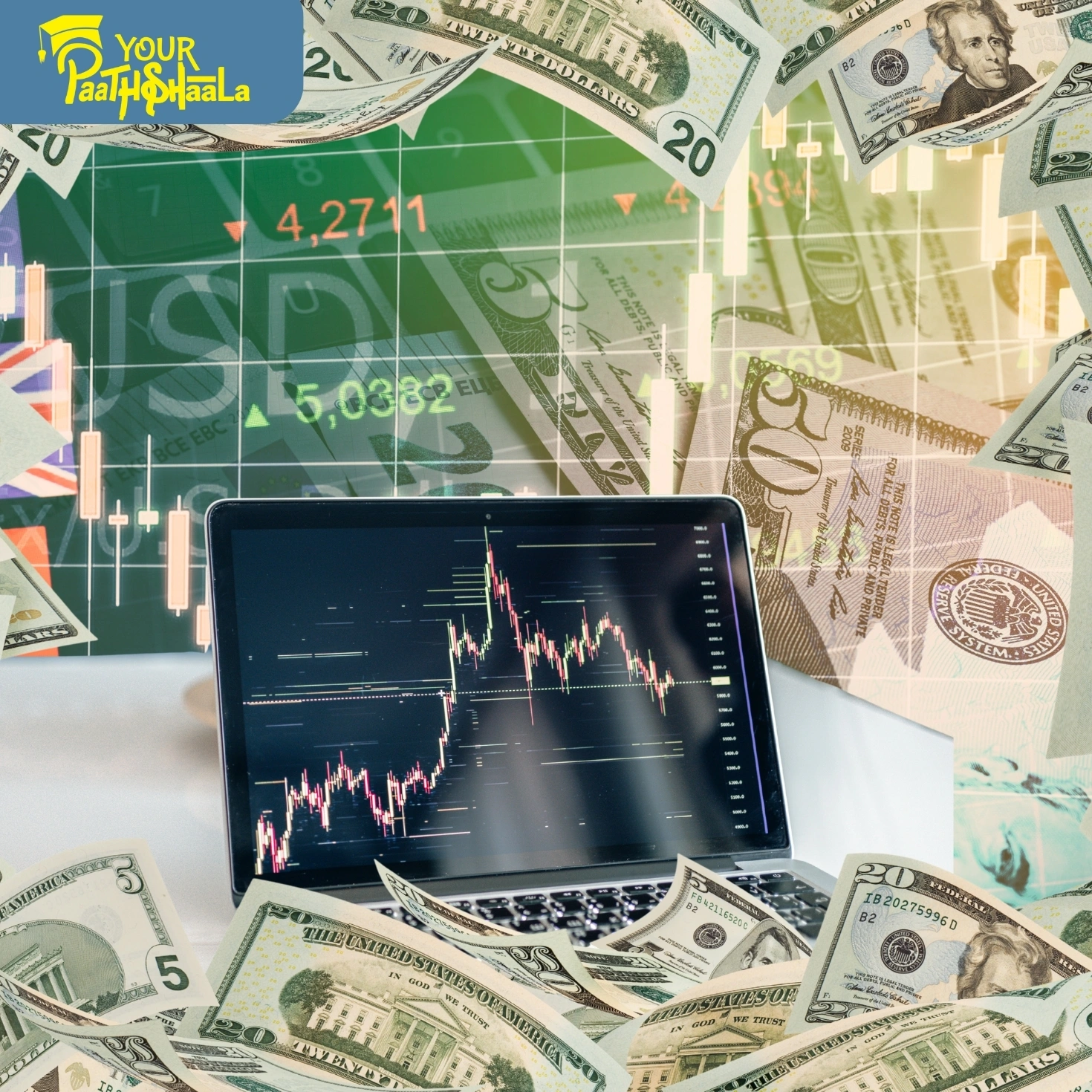Behavioral Finance Applications in 2025: Mastering Market Psychology for Smarter Investing
In the ever-evolving world of trading and investing, understanding numbers and charts is only half the battle. The real edge often comes from mastering market psychology—knowing how emotions, biases, and crowd behavior drive price action. In 2025, behavioral finance applications are more advanced, accessible, and essential than ever before. By leveraging tools such as the Fear and Greed Index, contrarian sentiment indicators, FOMO and FUD trackers, and herd mentality alerts, traders and investors can make smarter, more disciplined decisions and avoid the costly mistakes that come from emotional reactions.
This in-depth, SEO-optimized guide explores the most impactful behavioral finance applications, explains how they work, and provides actionable strategies for integrating them into your trading routine. Whether you’re a beginner or a seasoned market participant, understanding these tools will help you navigate today’s volatile markets with greater confidence and clarity.
The Rise of Behavioral Finance Applications
The field of behavioral finance emerged to explain why markets often move in ways that defy logic and fundamentals. While traditional finance assumes that investors are rational, behavioral finance recognizes the powerful role of emotions like fear, greed, and herd mentality. In recent years, advances in data analytics, artificial intelligence, and real-time sentiment tracking have given rise to a new generation of behavioral finance applications. These tools help traders and investors:
Recognize emotional extremes in the market
Identify potential reversals and turning points
Avoid impulsive, crowd-driven mistakes
Stay disciplined and stick to proven strategies
Let’s explore the key behavioral finance applications that are shaping trading in 2025.
Fear and Greed Index: Measuring Emotional Extremes in the Market
The Fear and Greed Index is one of the most widely used behavioral finance applications. It aggregates multiple market indicators—such as volatility, momentum, safe-haven demand, and trading volume—to gauge the prevailing emotional state of investors.
When the index shows extreme fear, investors are likely panicking, selling assets, and fleeing to safety. This can create undervalued opportunities for disciplined traders. Conversely, when the index signals extreme greed, markets may be overheating, with investors chasing gains and ignoring risk—often a sign that a correction is near.
How to Use the Fear and Greed Index:
Monitor the index daily or weekly to track shifts in market sentiment.
Use extreme readings as contrarian signals: consider buying when fear is high and trimming positions when greed dominates.
Combine with technical and fundamental analysis for more robust decision-making.
By integrating the Fear and Greed Index into your routine, you can avoid getting swept up in emotional waves and make more rational, data-driven choices.
Contrarian Sentiment Indicators: Identifying Potential Reversals
Contrarian sentiment indicators are behavioral finance applications designed to help you spot when the crowd is too bullish or bearish. These tools analyze investor surveys, options activity, fund flows, and other sentiment measures to determine if the majority is leaning too far in one direction.
For example, a high put/call ratio may indicate excessive fear, while extremely bullish sentiment in surveys could signal complacency. Historically, markets tend to reverse when sentiment reaches these extremes, as there are few traders left to push prices further in the same direction.
How to Use Contrarian Sentiment Indicators:
Track sentiment surveys, put/call ratios, and fund flows for your target markets.
Look for extreme readings that deviate from historical norms.
Use these signals to anticipate potential tops and bottoms—buying when pessimism peaks and selling when optimism is rampant.
Contrarian indicators are especially useful for swing traders and long-term investors seeking to avoid buying at market tops or selling at bottoms.
FOMO and FUD Tracking: Revealing Impulsive Investor Behavior
FOMO (Fear of Missing Out) and FUD (Fear, Uncertainty, Doubt) are powerful emotional drivers that can trigger irrational buying and selling. In 2025, behavioral finance applications can track FOMO and FUD in real time by analyzing social media posts, news headlines, and trading activity.
During bull runs, FOMO can push prices higher as investors rush to join the rally, often ignoring fundamentals. Conversely, FUD can spark panic selling during downturns, leading to sharp declines and oversold conditions.
How to Use FOMO and FUD Tracking:
Monitor social media sentiment tools and news aggregators for spikes in FOMO or FUD keywords.
Set alerts for unusual trading volume or rapid price moves that may indicate emotional trading.
Use these signals to stay disciplined—avoid chasing hype or selling in panic.
By recognizing when FOMO or FUD is dominating the market, you can maintain a more rational approach and avoid costly mistakes.
Herd Mentality Alerts: Warning Signs of Crowd-Driven Moves
Herd mentality occurs when investors abandon their own analysis and simply follow the crowd. This behavior can lead to bubbles, crashes, and extreme volatility. Behavioral finance applications now offer herd mentality alerts, warning you when crowd-following is reaching dangerous levels.
These alerts may be triggered by:
Surges in trading volume across popular assets
High correlations between unrelated stocks or sectors
Trending topics and hashtags dominating social media
How to Use Herd Mentality Alerts:
Set up notifications for volume spikes or unusual price correlations in your trading platform.
Check social media analytics for trending topics that may indicate herd-driven moves.
Before making a trade, ask yourself if you’re acting on your own analysis or simply following the crowd.
Herd mentality alerts help you stay objective and avoid joining the stampede at the worst possible time.
Integrating Behavioral Finance Applications into Your Trading Strategy
To benefit from behavioral finance applications, it’s important to use them as part of a broader, disciplined approach. Here’s how to make the most of these tools:
- Monitor Sentiment Regularly: Check the Fear and Greed Index and contrarian indicators as part of your daily or weekly routine. This keeps you aware of the market’s emotional temperature.
- Set Alerts for Emotional Extremes: Use FOMO, FUD, and herd mentality trackers to receive real-time notifications when emotions are running high.
- Combine with Technical and Fundamental Analysis: Behavioral signals are most powerful when used alongside traditional research. Confirm sentiment extremes with price patterns, volume, and company fundamentals.
- Review and Adjust Your Plan: If you find yourself tempted to chase a rally or panic sell, pause and consult your behavioral finance tools. Let data, not emotions, guide your decisions.
- Educate Yourself Continuously: Behavioral finance is a growing field. Stay updated on new tools, research, and applications to refine your edge.
Real-World Scenarios: Behavioral Finance in Action
To illustrate how behavioral finance applications work in practice, consider these scenarios:
Scenario 1: Market Panic and Opportunity
The Fear and Greed Index drops to extreme fear during a sharp market sell-off. Social media sentiment is overwhelmingly negative, and FUD keywords are trending. Contrarian indicators suggest that most investors are bearish. You use this information to avoid panic selling and instead look for oversold opportunities in quality stocks.
Scenario 2: Bubble Warning
A popular tech stock is making headlines, with social media buzzing about its meteoric rise. Trading volume surges, and herd mentality alerts trigger as retail investors pile in. The Fear and Greed Index hits extreme greed, and sentiment surveys show record optimism. Rather than joining the crowd, you take profits or reduce your position, anticipating a potential correction.
Scenario 3: Contrarian Entry Point
Investor sentiment surveys hit a multi-year low, and put/call ratios spike, signaling widespread fear. However, fundamentals for a sector remain strong. You use these behavioral signals to enter a position before the market rebounds, capitalizing on the crowd’s pessimism.
The Future of Behavioral Finance Applications
Looking ahead, behavioral finance applications will only become more advanced and integrated. Expect to see:
AI-powered sentiment analysis: Machine learning will process millions of data points from news, social media, and trading activity for sharper, faster insights.
Personalized dashboards: Platforms will adapt behavioral alerts to your trading style, risk tolerance, and portfolio.
Seamless integration: Behavioral finance tools will be built directly into trading platforms, making them accessible to all investors.
As these innovations evolve, staying informed and adaptable will be key to maintaining your edge.
Practical Tips for Using Behavioral Finance Applications
To maximize the benefits of behavioral finance applications, follow these best practices:
Start with one or two tools: Focus on the Fear and Greed Index or a contrarian sentiment indicator before adding more complexity.
Track your decisions: Keep a trading journal noting when behavioral signals influenced your actions and the results.
Avoid confirmation bias: Use behavioral finance tools to challenge your assumptions, not just confirm them.
Stay objective: If an alert triggers, pause and reassess rather than reacting impulsively.
Educate yourself: Read books, attend webinars, and join communities focused on behavioral finance.
Frequently Asked Questions
Are behavioral finance applications only for professionals?
No. Many platforms offer easy-to-use behavioral finance tools for all traders and investors.
Can these tools predict the market?
Behavioral finance applications provide valuable signals and help you avoid emotional mistakes, but no tool can guarantee outcomes. Always use them as part of a balanced strategy.
How do I avoid emotional trading?
Set clear rules, rely on data-driven insights, and use behavioral alerts to stay disciplined. Regularly review your trades to learn from past emotional decisions.
Where can I learn more about behavioral finance?
Educational providers like YourPaathshaala offer courses, workshops, and resources on behavioral finance and market psychology.
Conclusion: Harness the Power of Behavioral Finance Applications
Behavioral finance applications are transforming how traders and investors interpret market sentiment, manage risk, and make decisions. By leveraging tools like the Fear and Greed Index, contrarian sentiment indicators, FOMO and FUD trackers, and herd mentality alerts, you can gain a psychological edge and navigate today’s markets with greater confidence.
If you want to master behavioral finance applications and build a more resilient, successful trading strategy, expert guidance and education can make all the difference.
Visit YourPaathshaala
Near 🏥 Anjali Children Hospital, Tagore Nagar, Mathpurena, Raipur.
📫 PIN code: 492001, Chhattisgarh
📞 Click the Call Now to contact us!
Take your financial knowledge to the next level with YourPaathshaala—your trusted partner for investment education and market insight.







